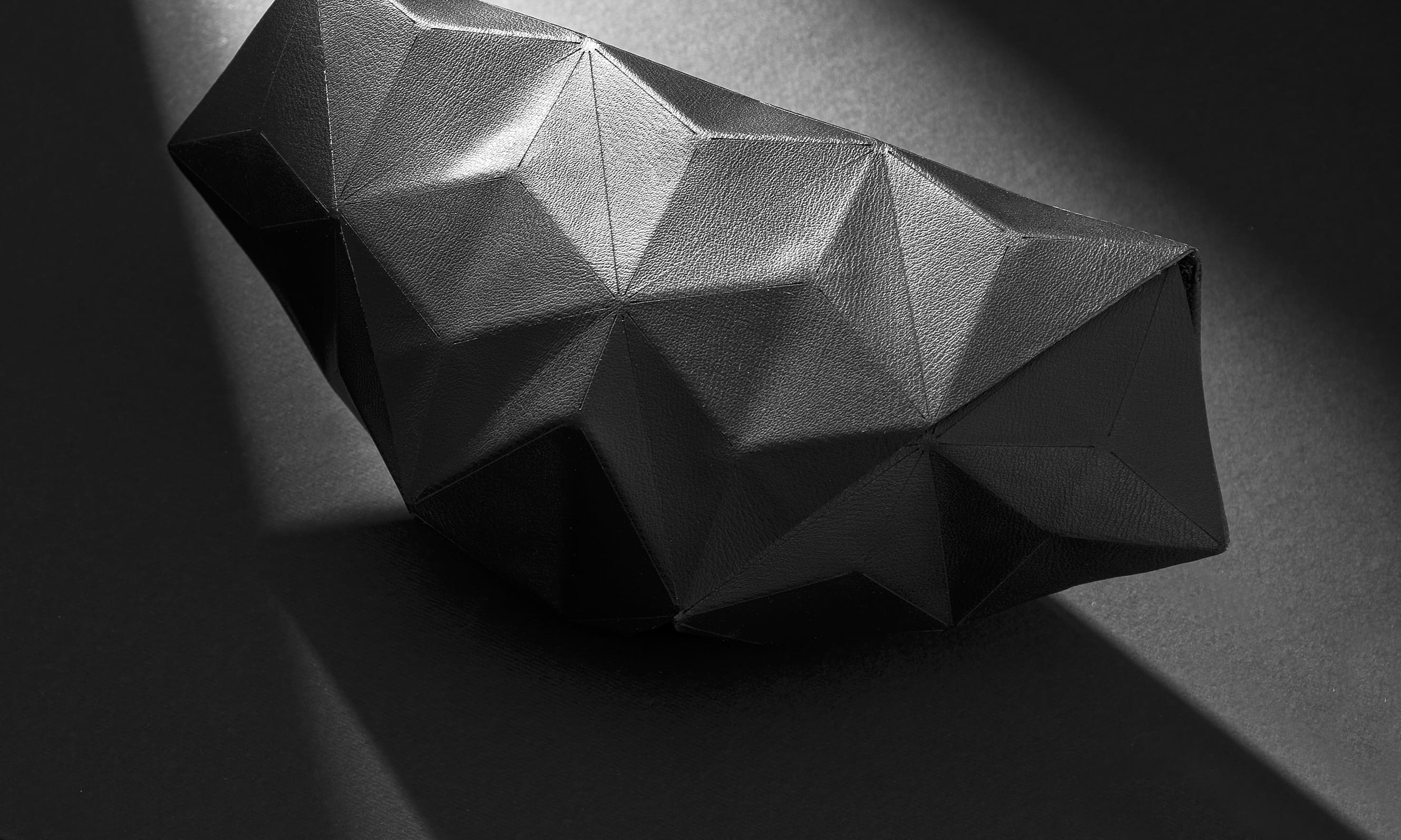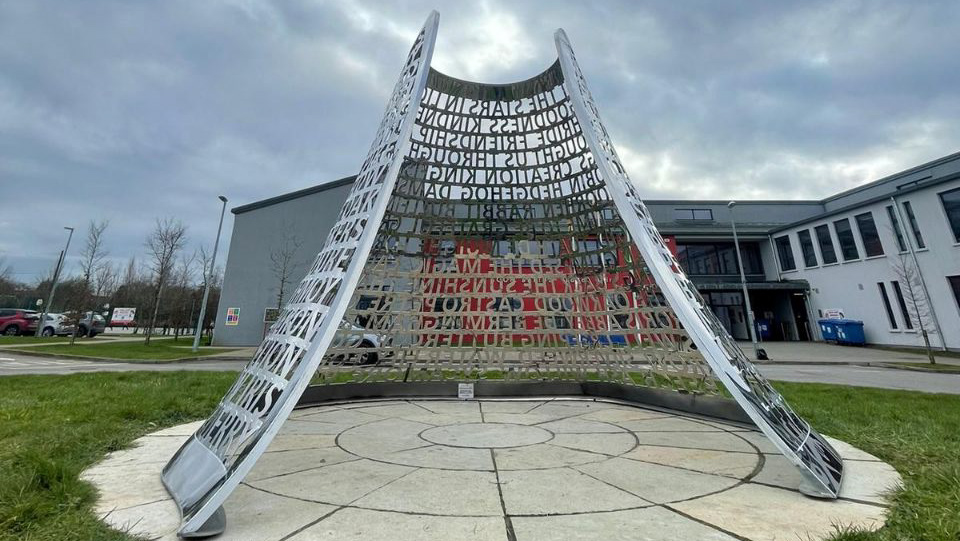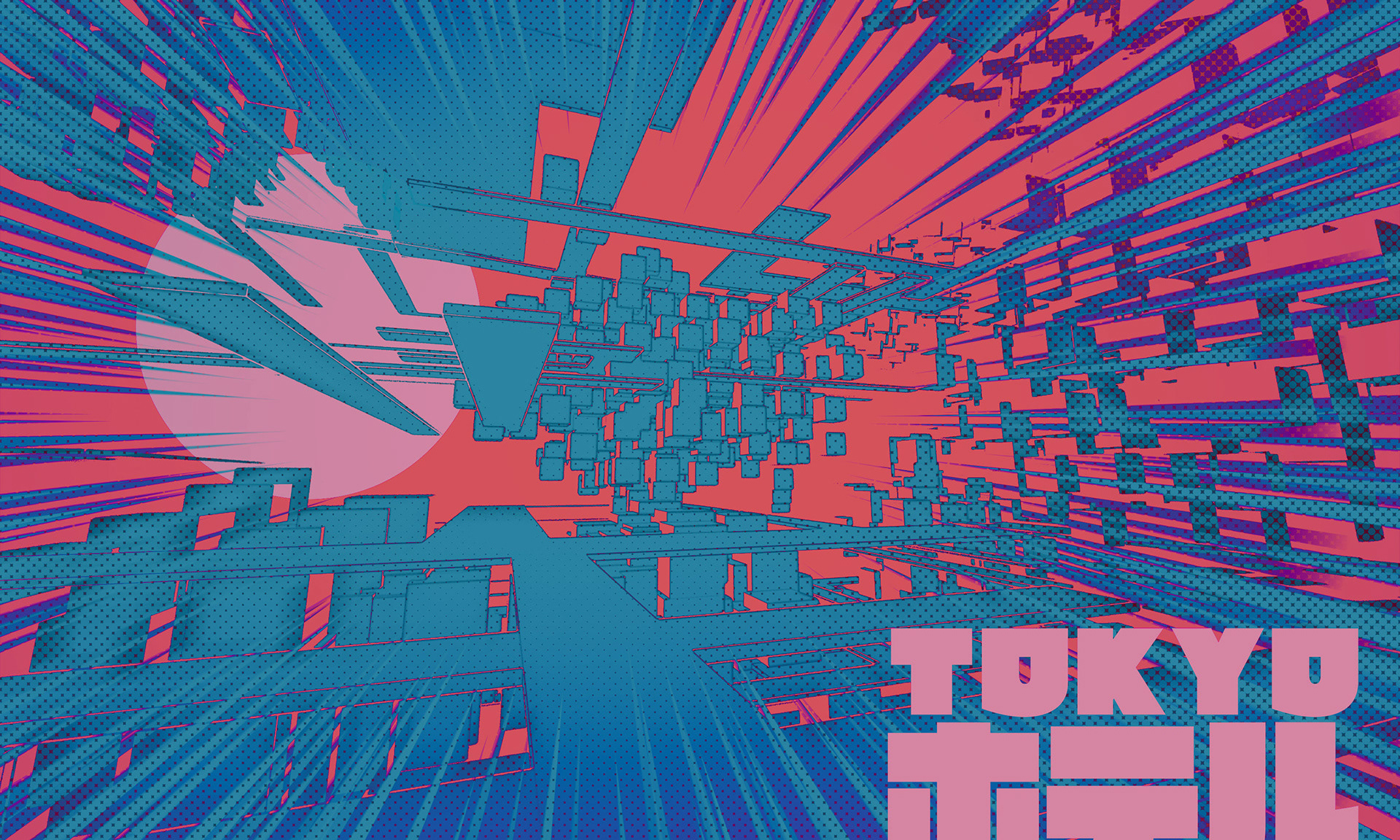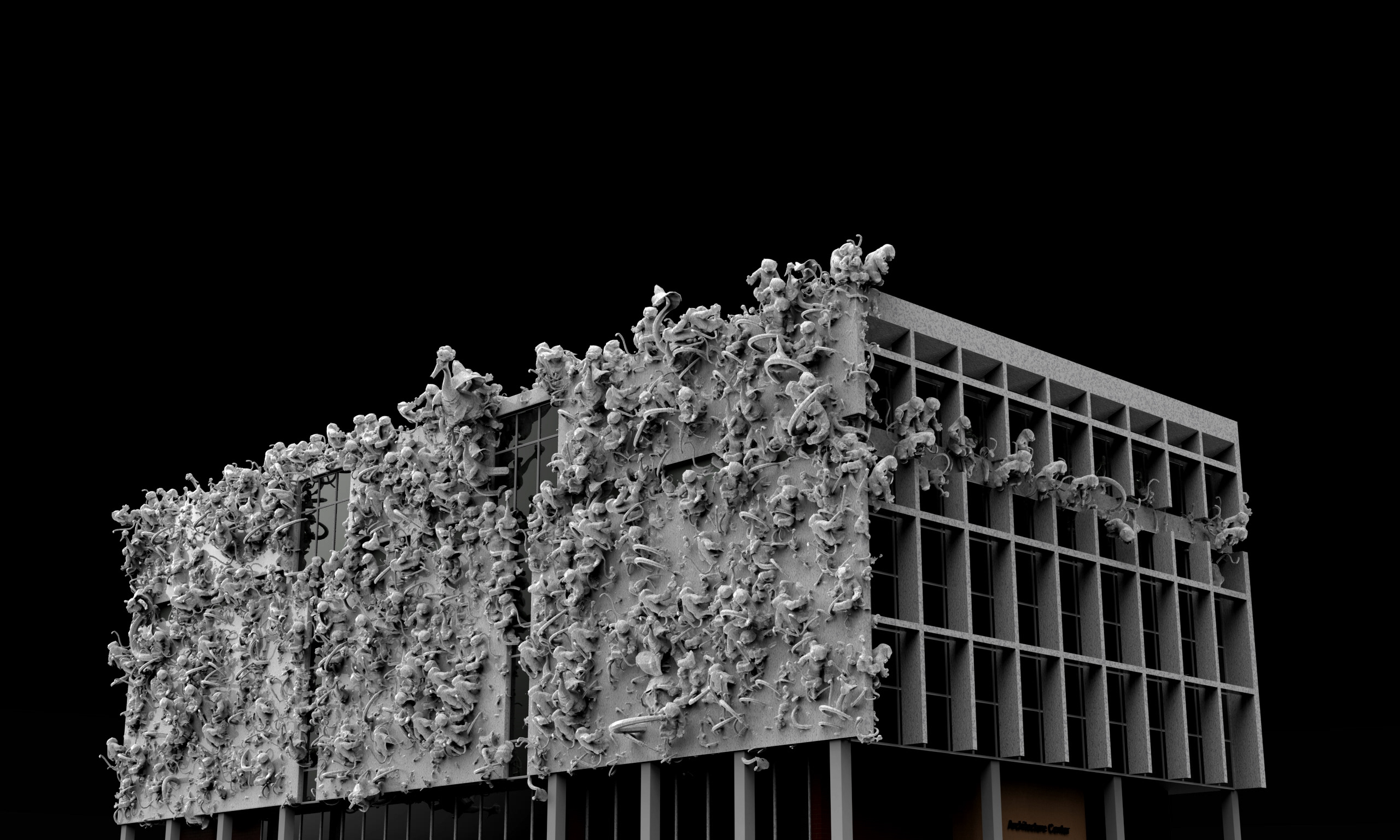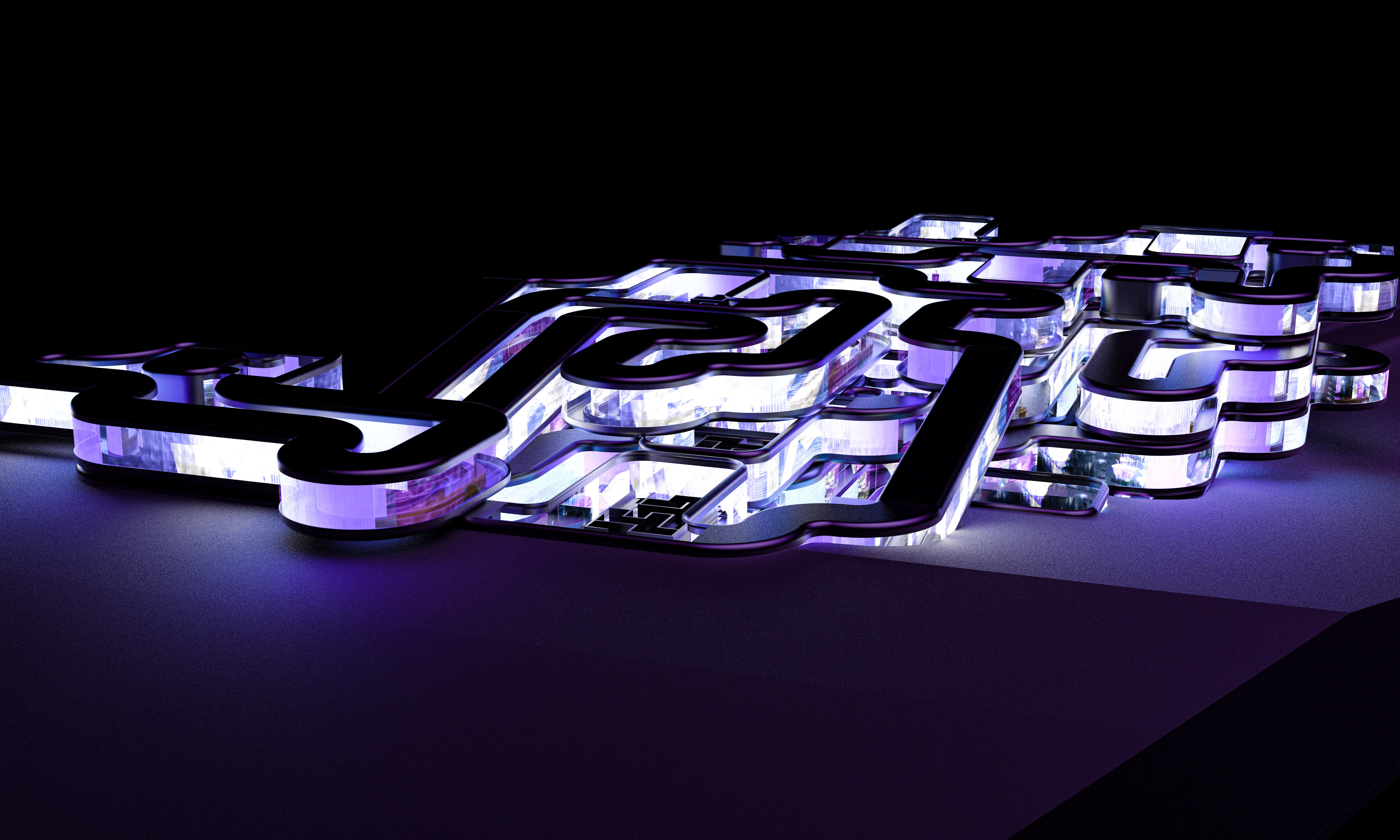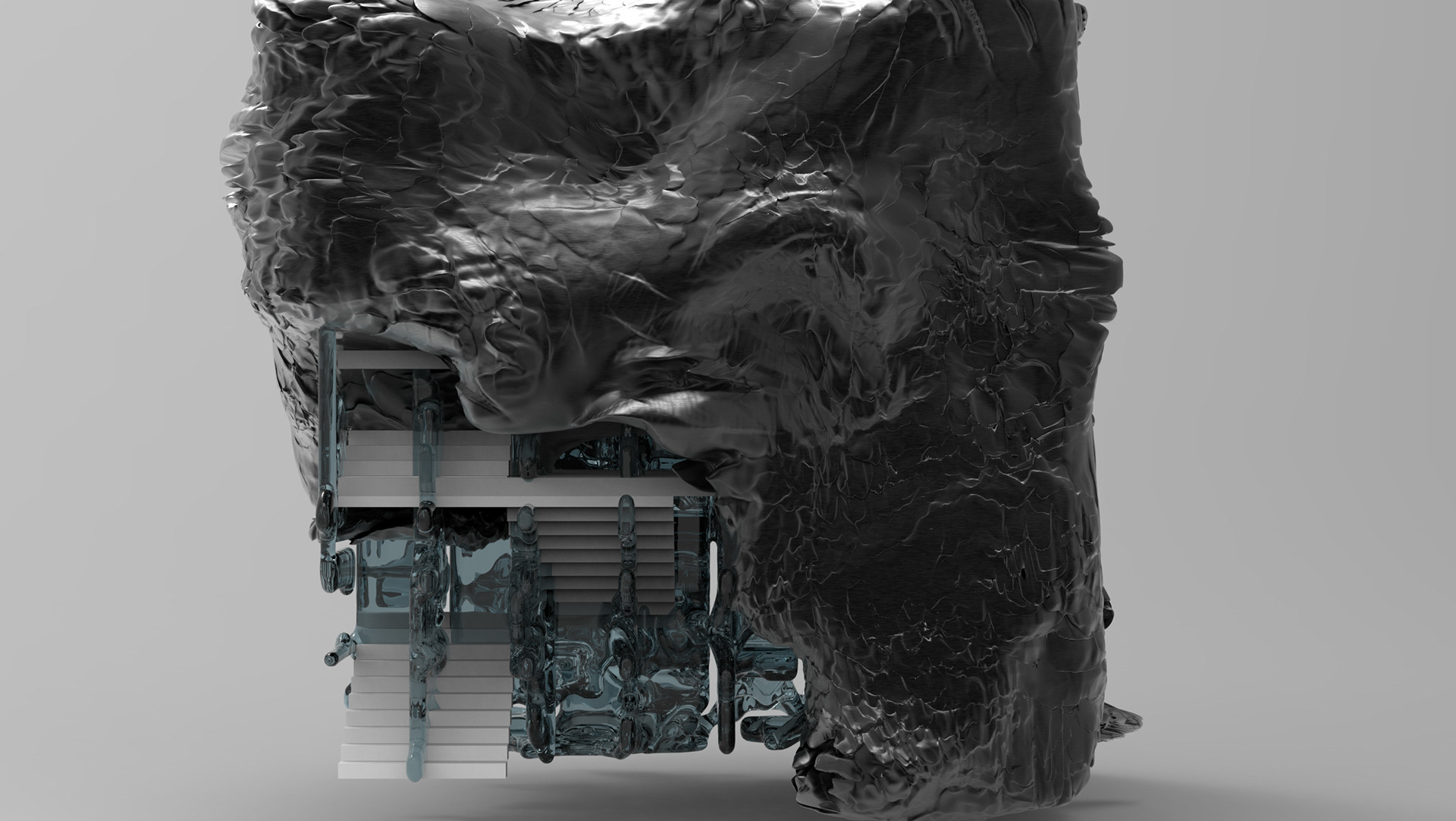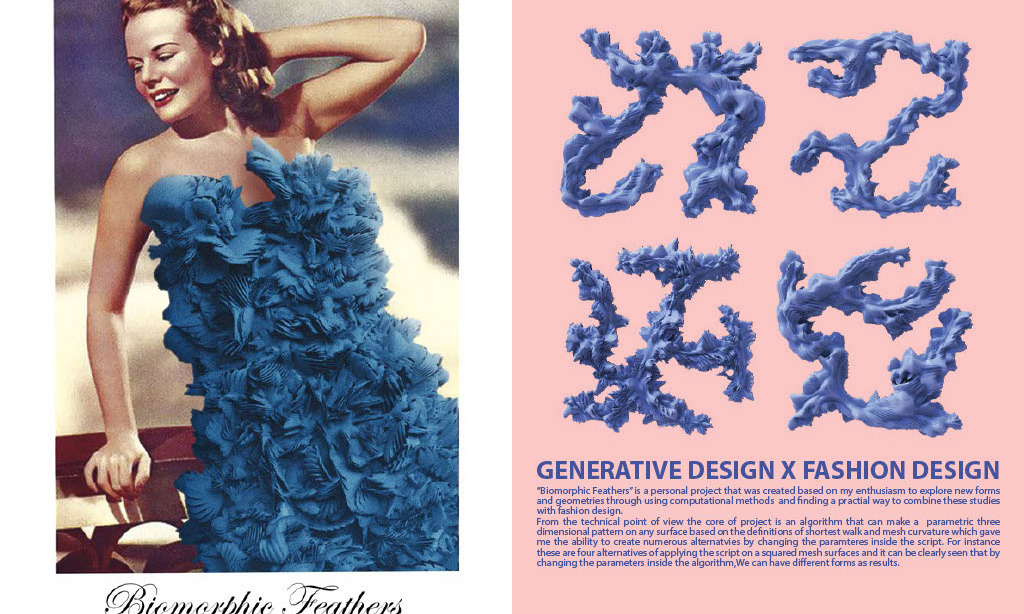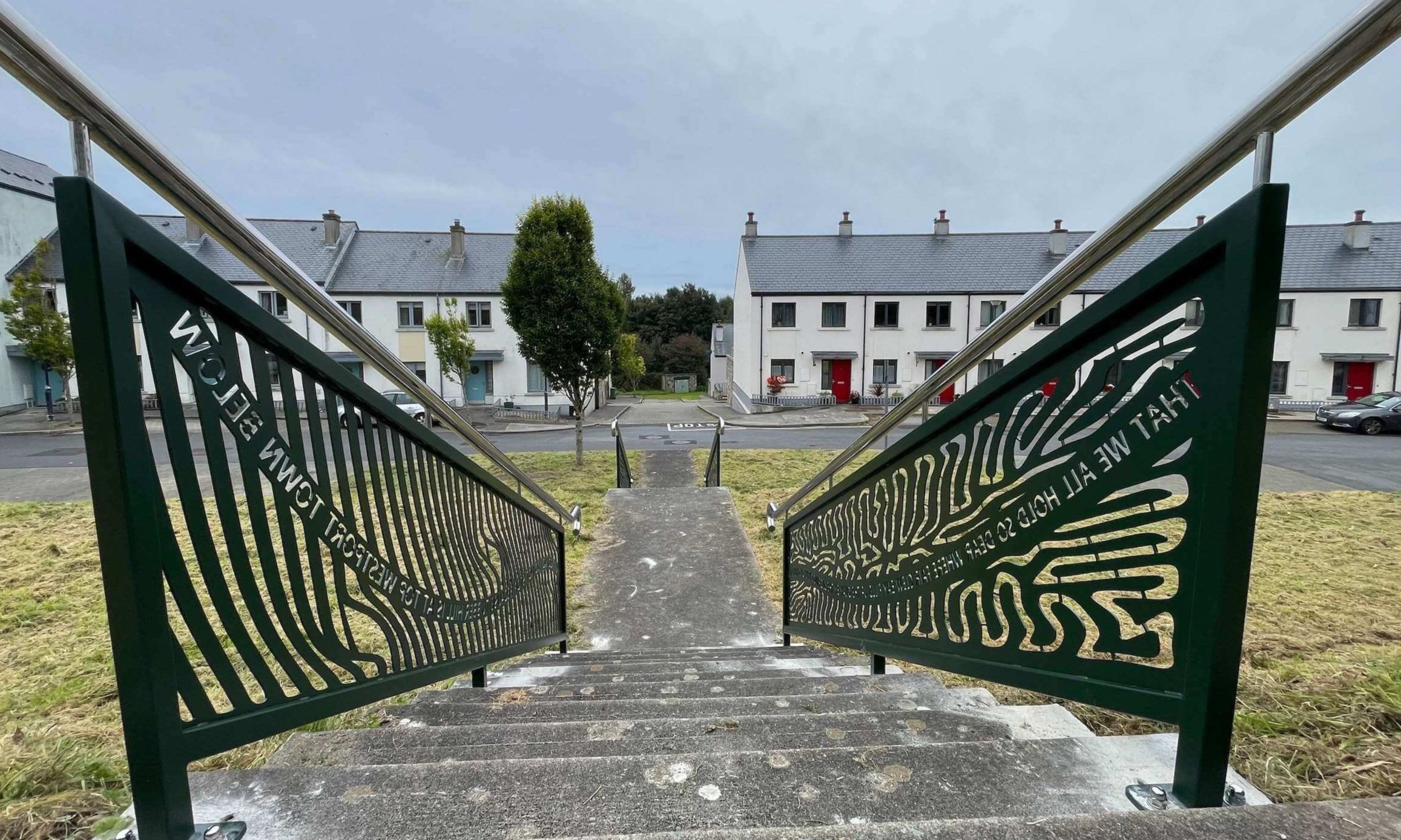Speculative Morphologies: Synthetic Bones
supervisor: YOU-JIN KIM
year: 2025
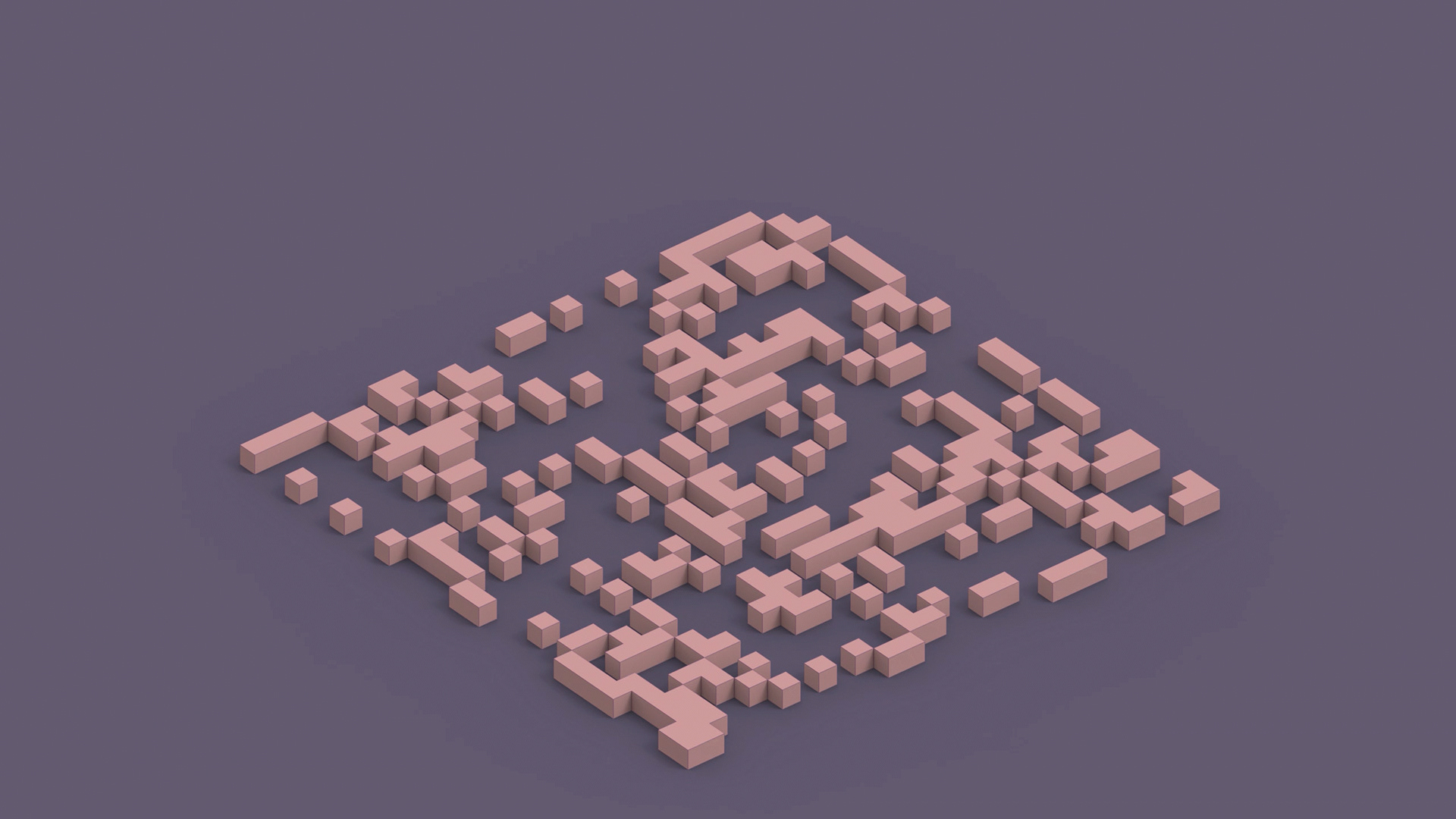
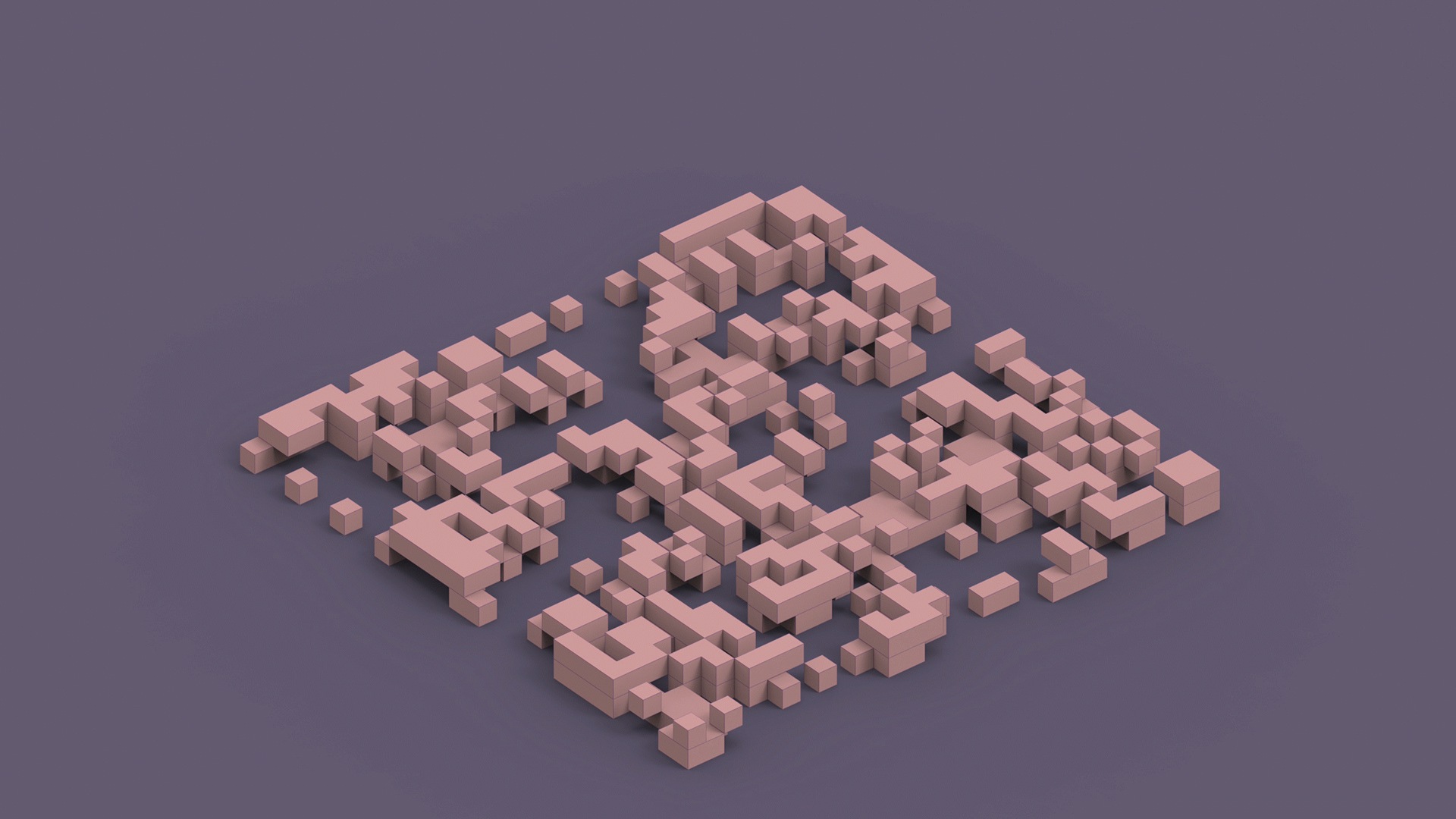
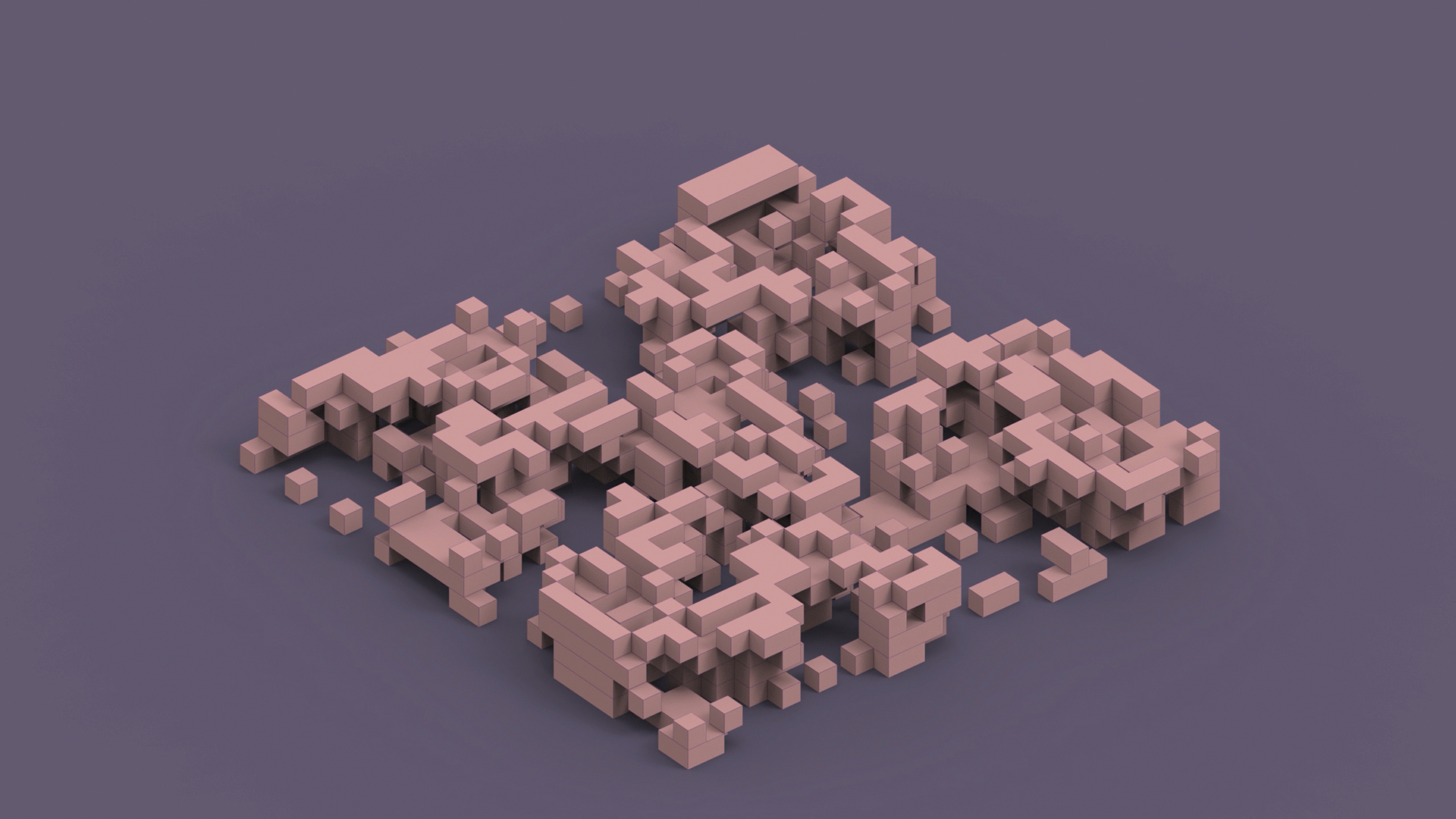
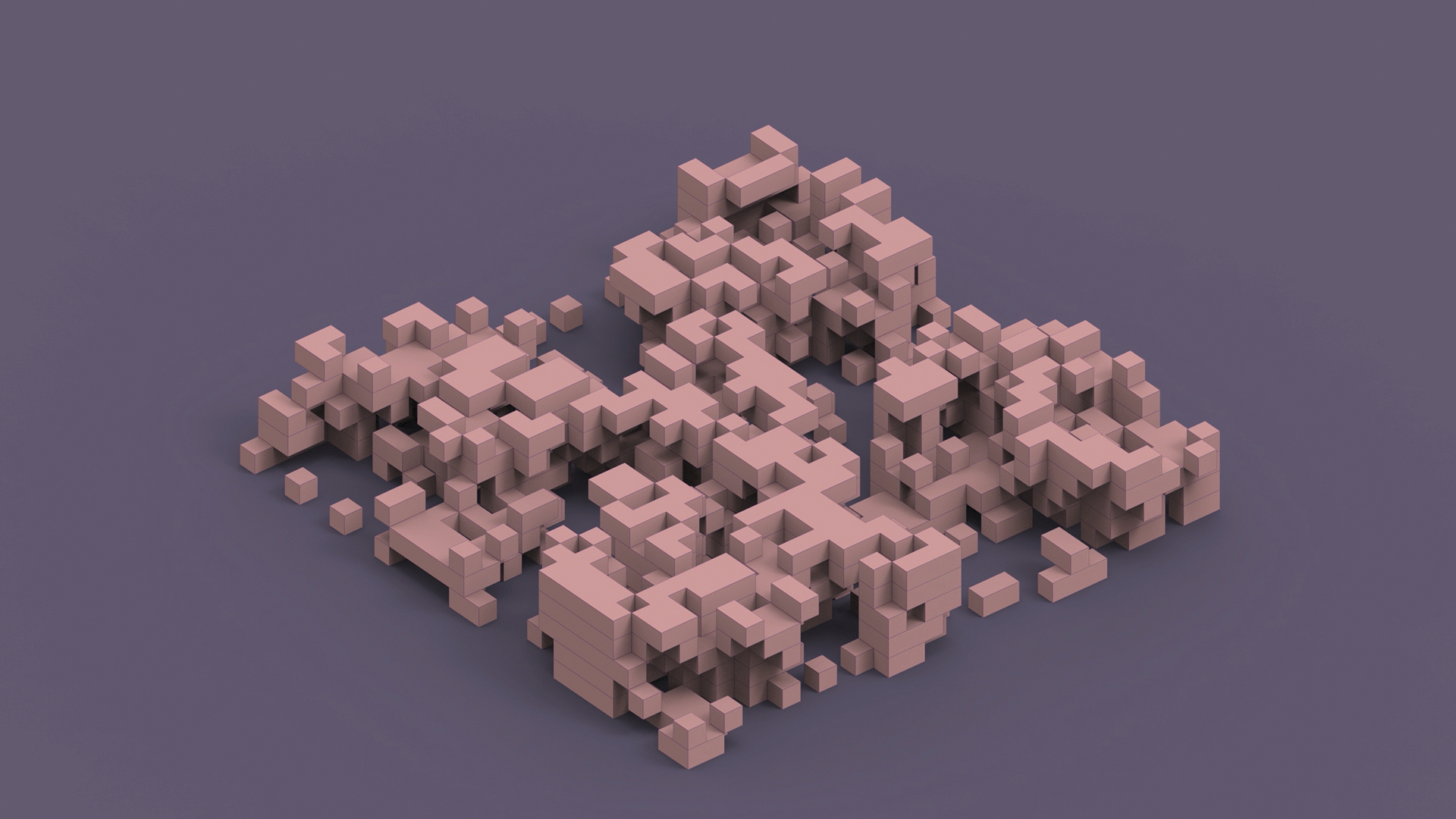
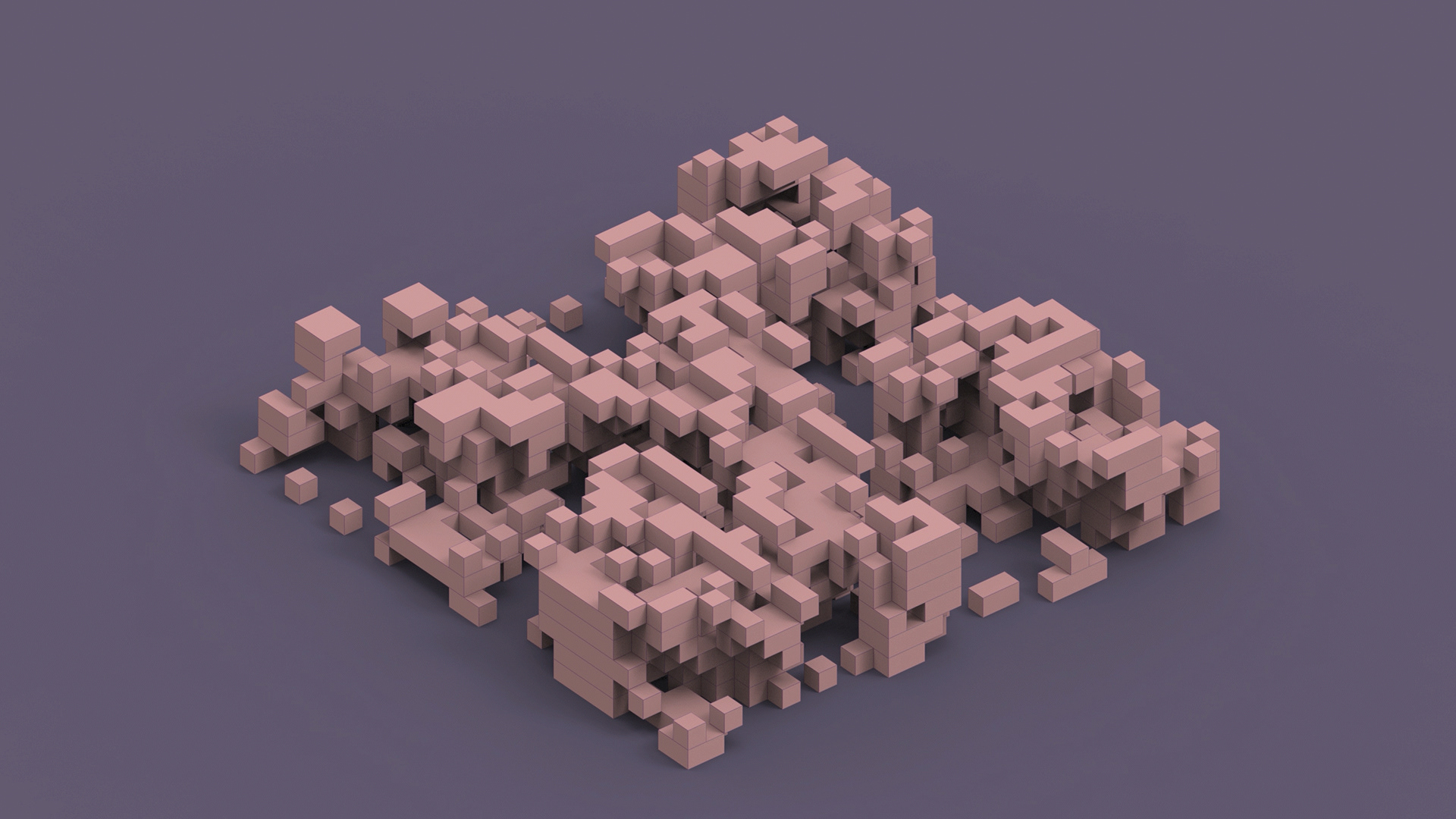
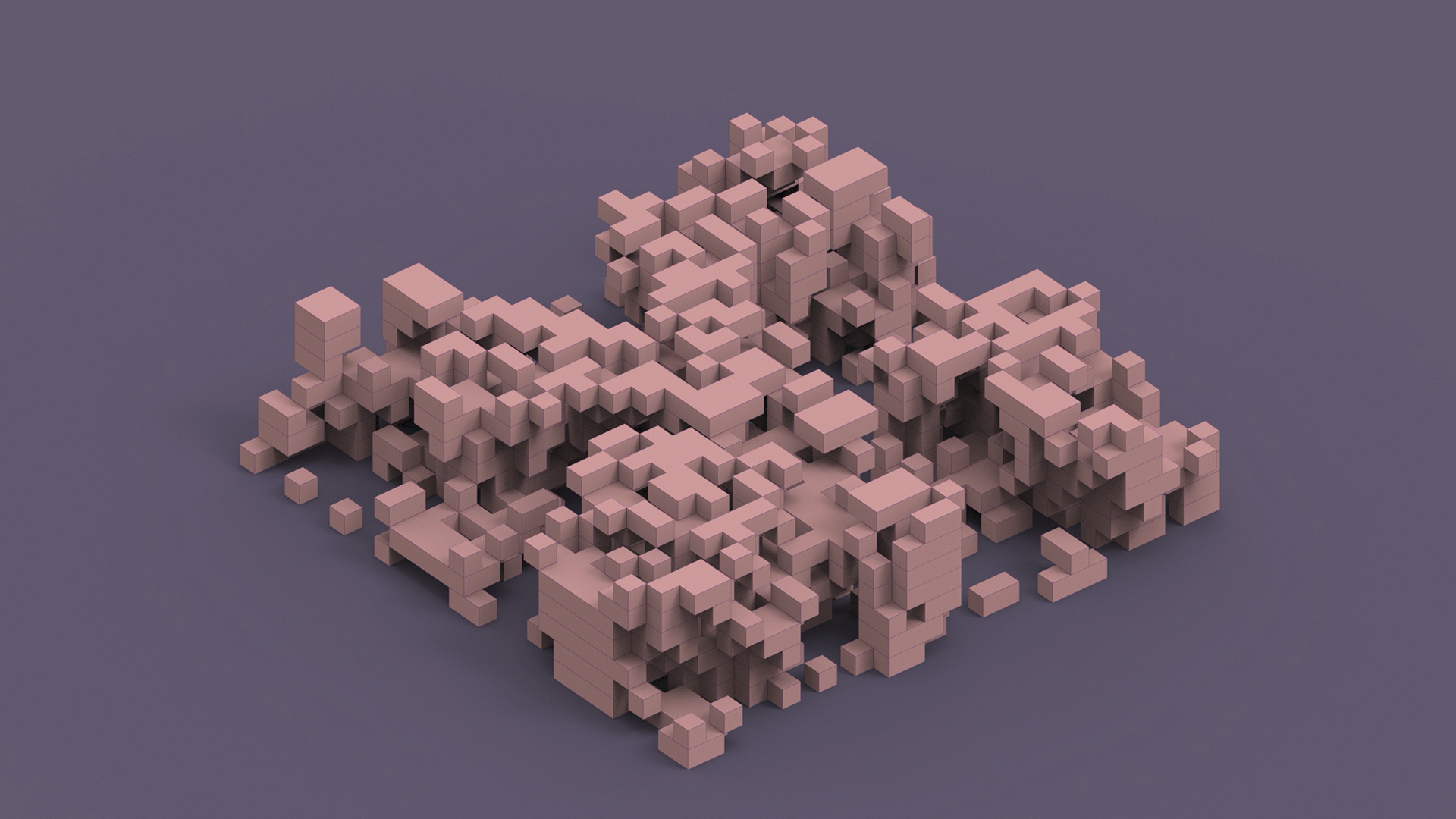
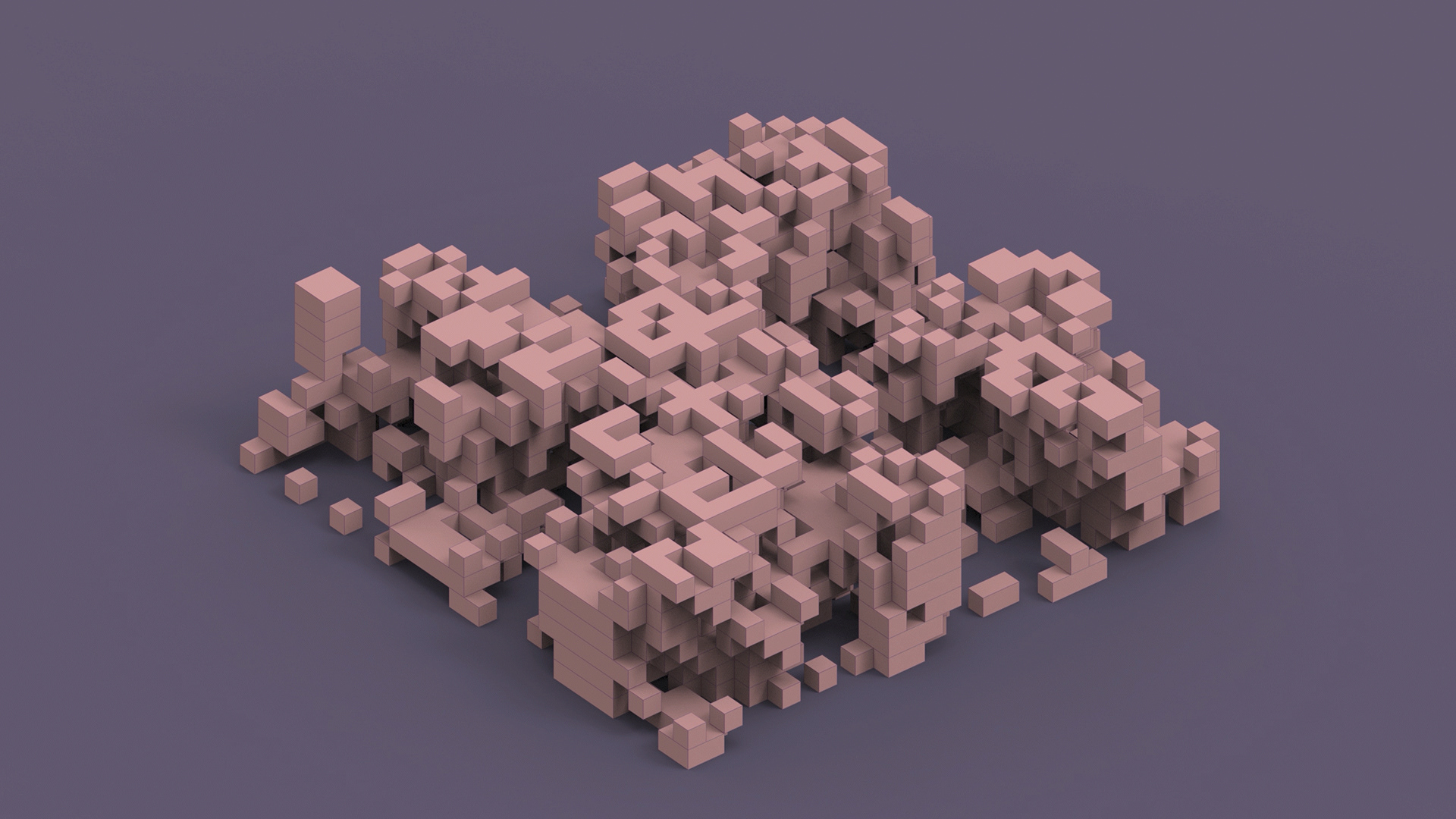
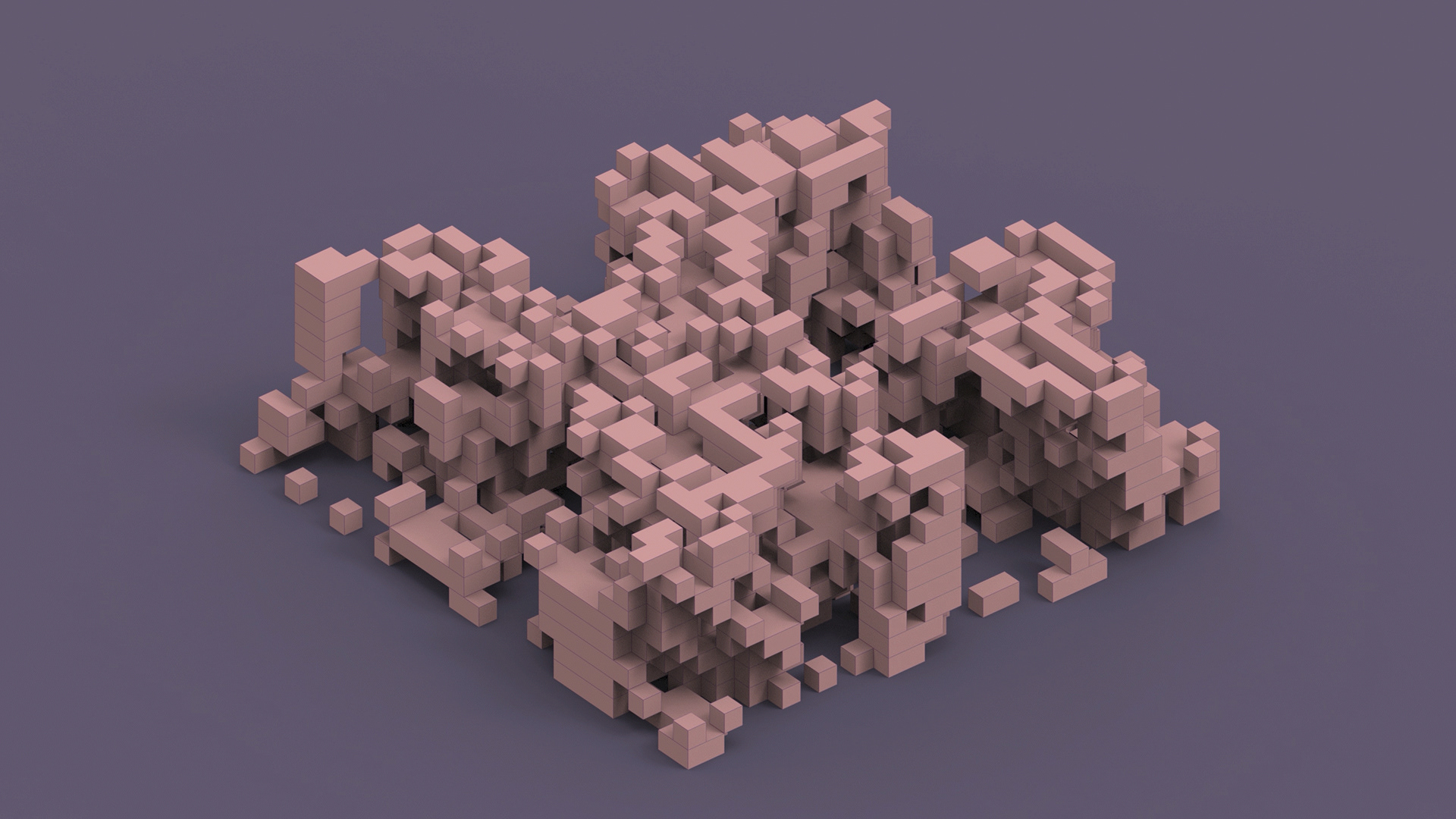
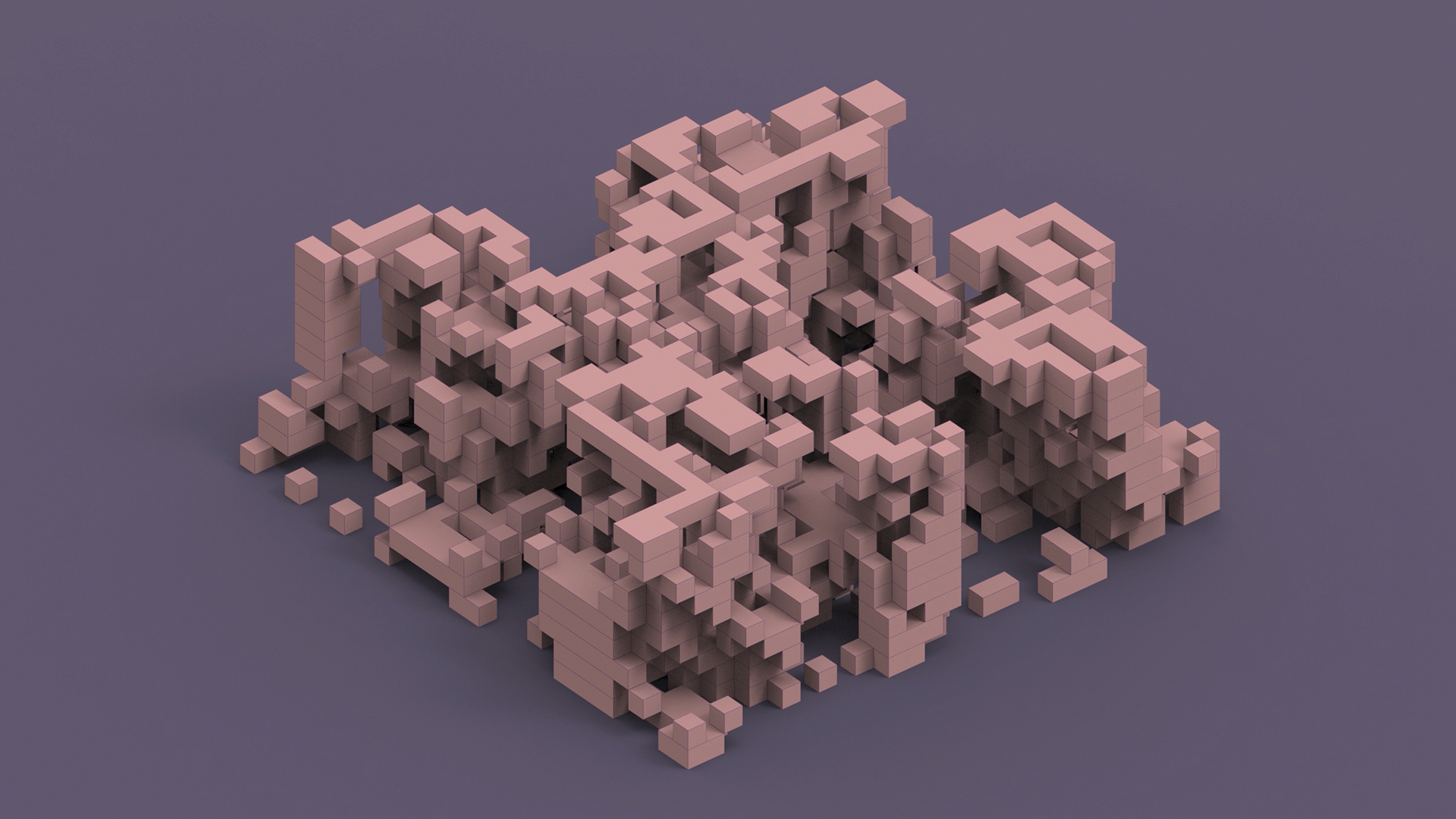
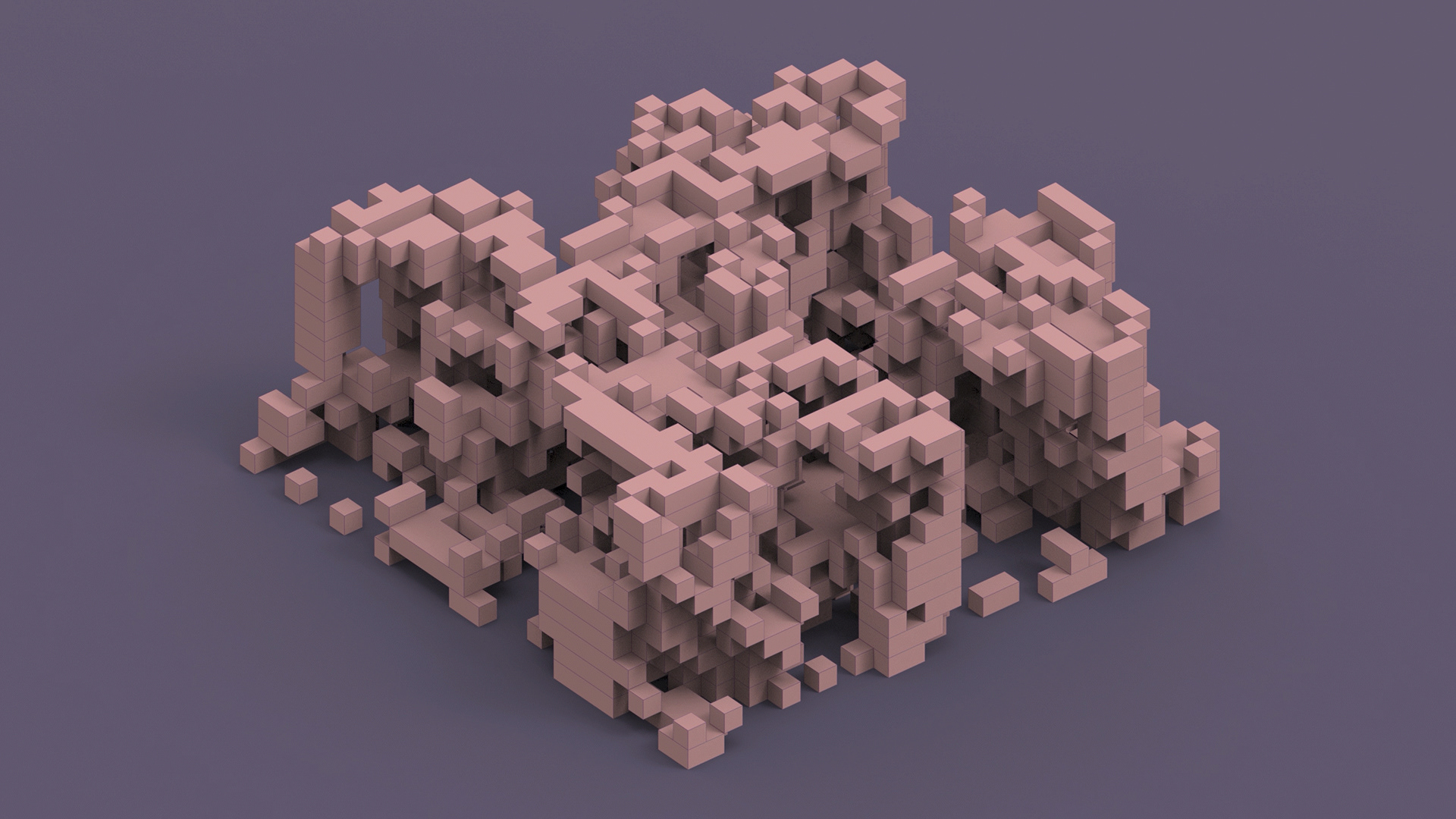
This project explores the threshold between algorithmic logic and biological emergence. By implementing a 3D adaptation of Conway’s Game of Life, the work simulates speculative evolution to generate “extraterrestrial” organic forms. Through a volumetric optimization workflow, raw cellular structures are distilled into unified, biomorphic geometries that evoke alien skeletal systems. These forms are realized as 3D-printed artifacts, tangible “fossils” from a digital ecology, blurring the lines between artificial life, evolutionary theory, and digital fabrication.
The work is situated at the intersection of computational science and speculative biology. While drawing on the emergent complexity of Conway’s Game of Life (1970), the aesthetic direction is informed by the rhythmic symmetry of Ernst Haeckel’s Art Forms in Nature.
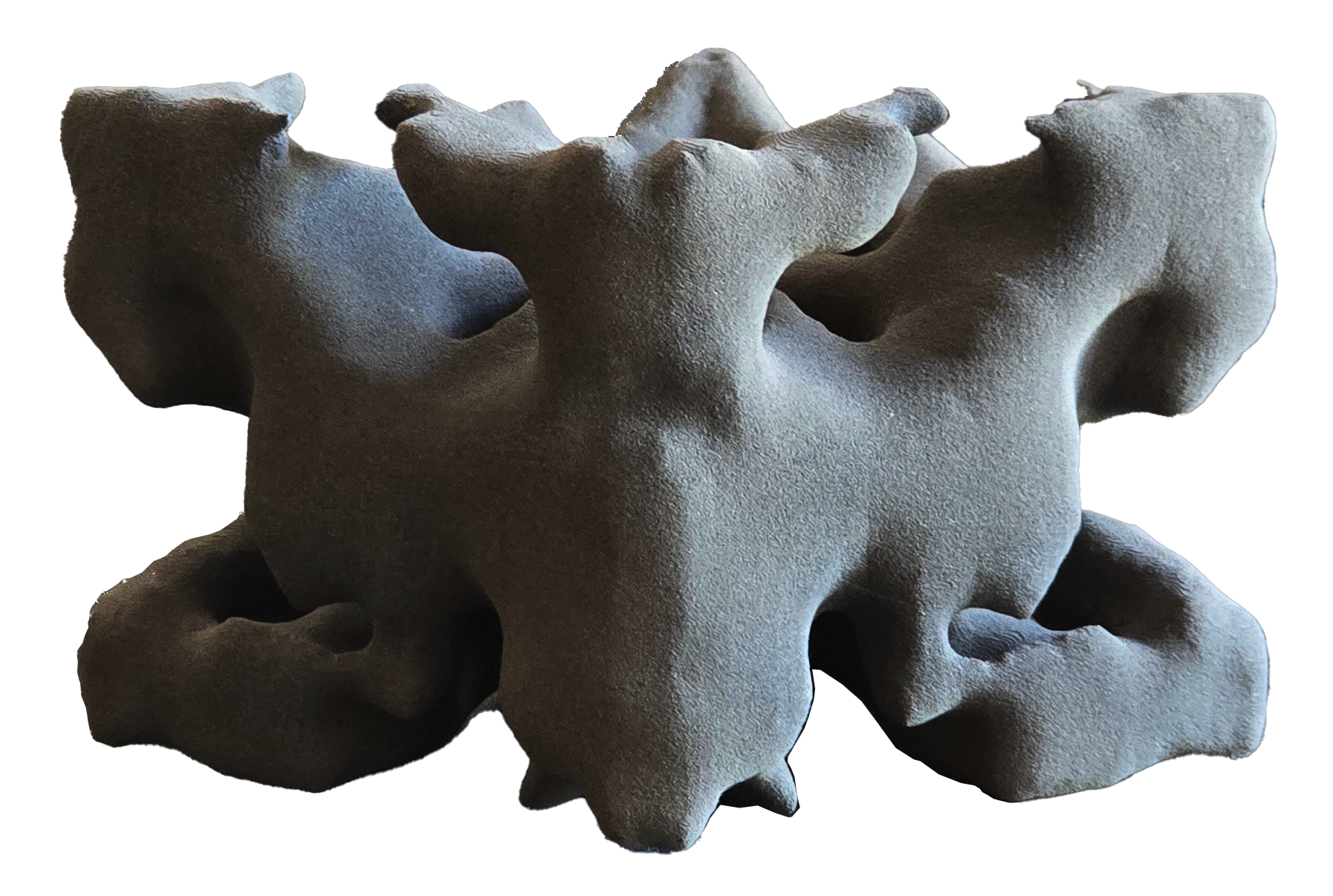
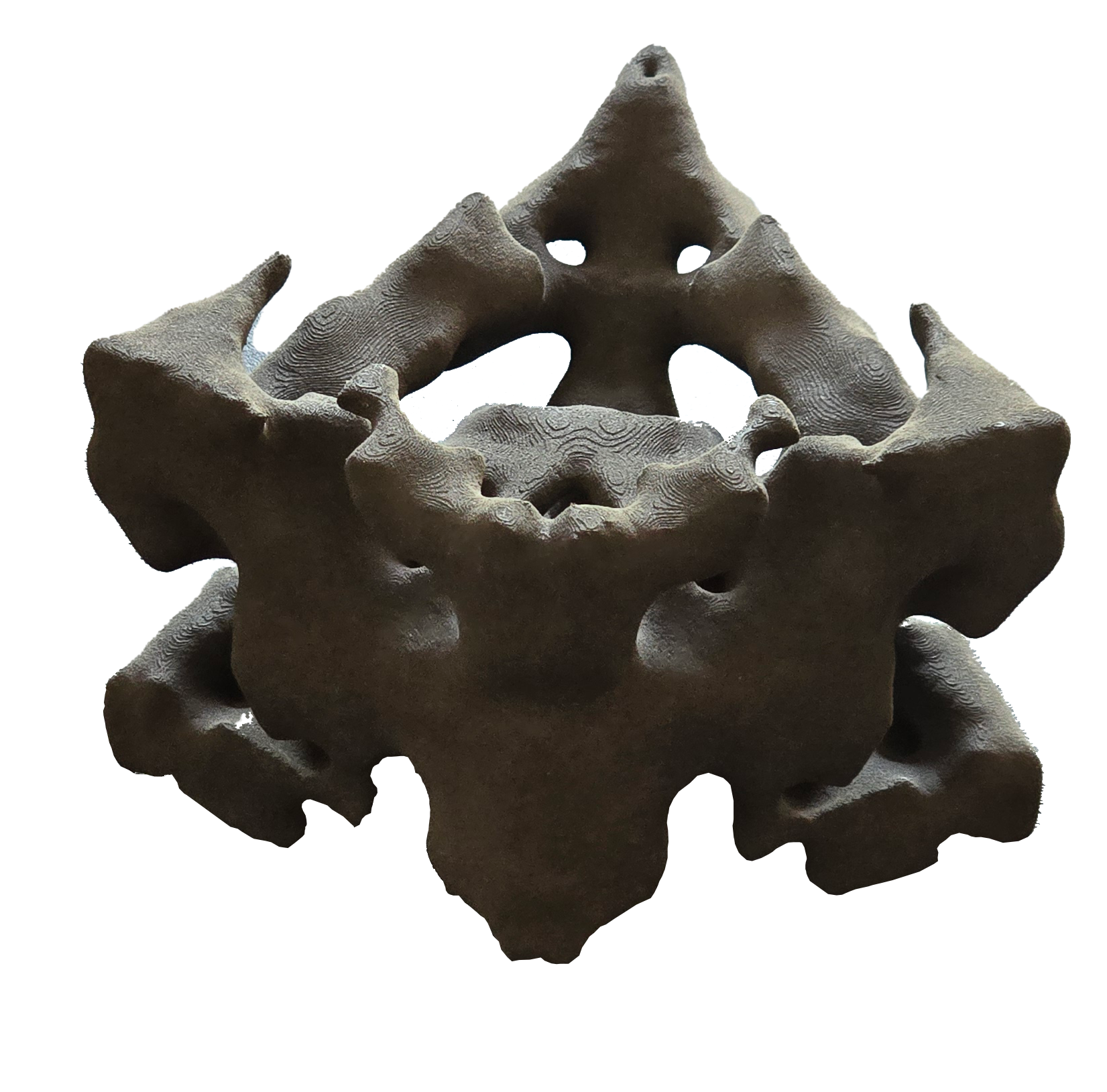
Conceptually, it echoes the “speculative zoology” of Dougal Dixon’s After Man, treating the computer as a substrate for unseen life. The project positions procedural design not merely as a tool for form-making, but as a medium for exploring the potential morphology of alien biology. By translating fleeting digital simulations into permanent physical artifacts, the work invites reflection on the future of “synthetic” evolution.

